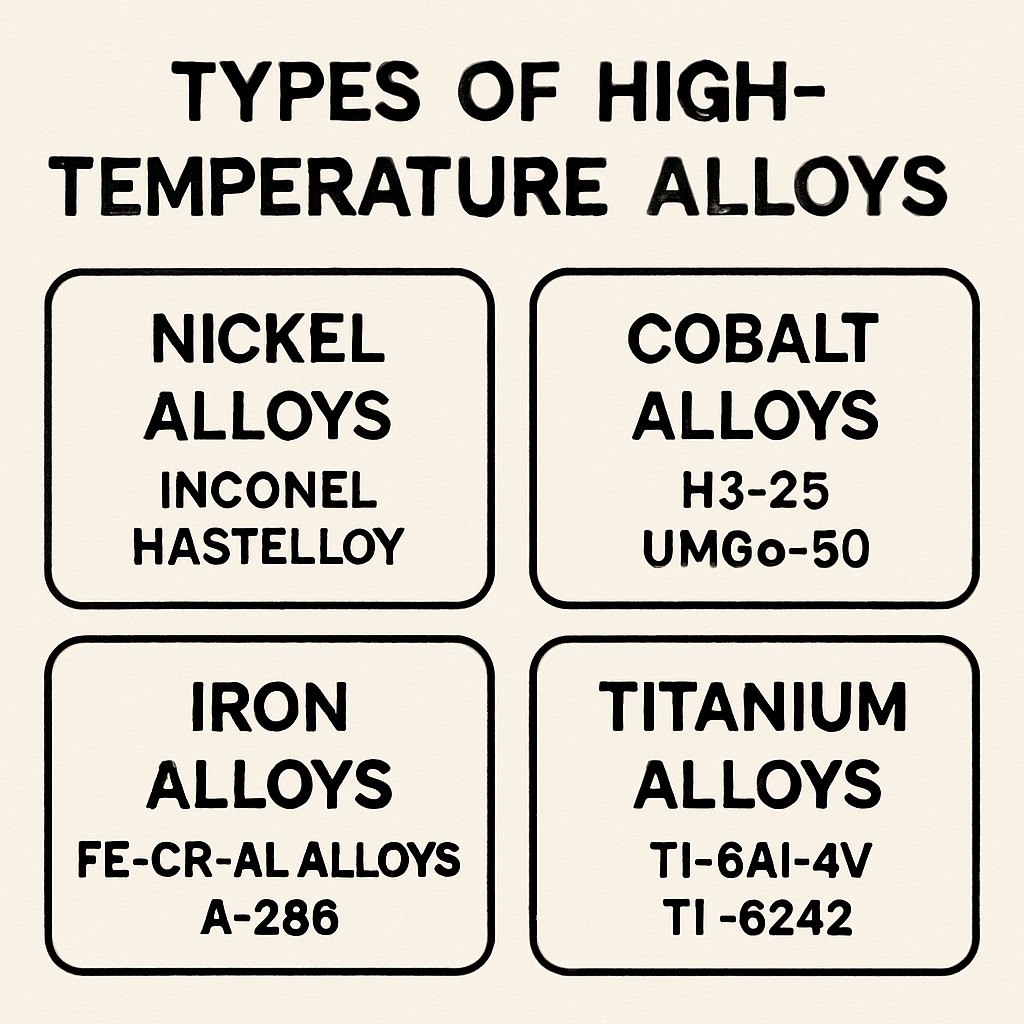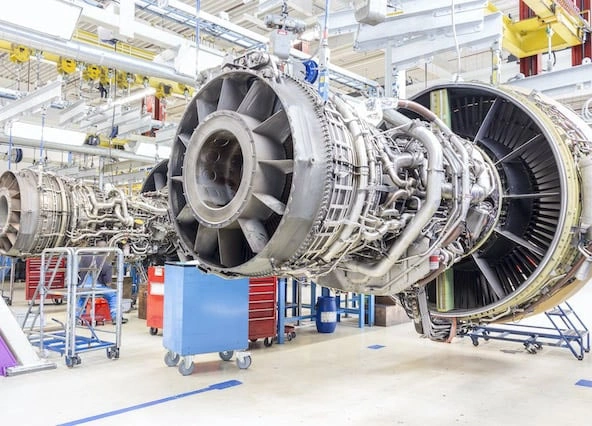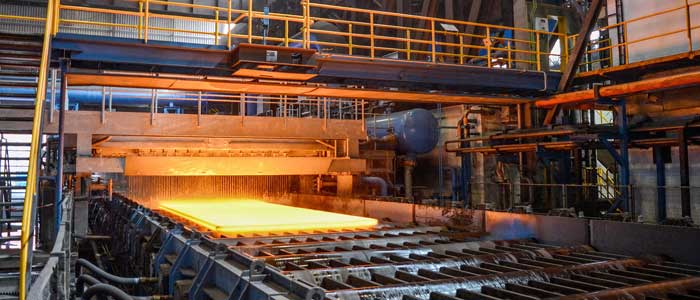High temperature alloys, often referred to as high-temp alloys, are essential in industries where materials must withstand extreme conditions. These alloys, including high-strength steel, carbon steel alloys, and heat-resistant steel, play a crucial role in ensuring the durability and efficiency of various industrial applications. In this article, we’ll explore maintenance tips for high-temperature alloys to help you maximize their lifespan and performance.
Understanding High Temperature Alloys
What Are High Temperature Alloys?
High-temperature alloys are specially formulated materials designed to perform under extreme heat and stress. These alloys are typically used in applications such as aerospace, power generation, and chemical processing, where they must endure high temperatures and corrosive environments.
Types of High Temperature Alloys
- High Strength Steel: Known for its exceptional strength and durability, high-strength steel is commonly used in structural applications and machinery exposed to high stresses.
- Carbon Steel Alloys: These alloys are versatile and offer good durability, making them suitable for a wide range of industrial uses.
- Heat-Resistant Steel: As the name suggests, this type of steel is specifically engineered to resist high temperatures, making it ideal for furnaces and other heat-intensive applications.
Importance of Regular Maintenance
Enhancing Durability
Regular maintenance is vital to ensure the longevity of high-temperature alloys. By addressing wear and tear promptly, you can prevent minor issues from escalating into major problems. This proactive approach enhances the durability of materials like high-strength steel and carbon steel alloys.
Preventing Corrosion
Corrosion is a significant concern for industrial alloys exposed to extreme conditions. Implementing a consistent maintenance routine helps mitigate corrosion risks, ensuring that high-temp alloys remain effective over time.
Maintenance Tips for High Temperature Alloys
Inspection and Monitoring
Visual Inspections
Conduct regular visual inspections to identify signs of wear, corrosion, or damage. Look for cracks, discoloration, or surface irregularities that may indicate underlying issues.
Monitoring Temperature and Pressure
Install sensors to monitor temperature and pressure levels in systems using high-temperature carbon steel alloys. This data can provide early warning signs of potential problems, allowing for timely intervention.
Cleaning and Surface Treatment
Regular Cleaning
Keep surfaces clean to prevent the buildup of contaminants that can accelerate wear and corrosion. Use appropriate cleaning agents that are compatible with the specific alloy type.
Surface Coatings
Consider applying protective coatings to enhance the resistance of high-temp alloys against environmental factors. Coatings can act as a barrier, reducing the impact of heat, moisture, and chemicals.
Lubrication and Sealing
Proper Lubrication
Ensure that moving parts and joints are adequately lubricated to reduce friction and wear. Use lubricants specifically designed for high temperature applications to maintain performance.
Sealing
Check and maintain seals to prevent leaks and contamination in systems using high strength steel and other industrial alloys. Regularly inspect seals for wear and replace them as needed.
Troubleshooting Common Issues
Cracking and Deformation
Cracking and deformation can occur due to thermal stress or mechanical overload. Address these issues by reducing operating temperatures or redistributing loads to minimize stress on components.
Oxidation and Scaling
Oxidation and scaling are common in heat-resistant steel exposed to high temperatures. Regularly remove oxide layers and apply protective coatings to mitigate these effects.
Extending the Lifespan of High Temperature Alloys
Proactive Maintenance Planning
Develop a comprehensive maintenance plan that outlines inspection schedules, cleaning routines, and repair protocols. Regularly review and update the plan to adapt to changing conditions and technology advancements.
Training and Skill Development
Ensure that maintenance personnel are well-trained in handling high temperature carbon steel alloys and other heat-resistant materials. Continuous skill development enhances their ability to identify and address issues effectively.
Conclusion
High temperature alloys, including high strength steel and carbon steel alloys, are indispensable in industries requiring materials that can endure extreme conditions. By implementing proper maintenance practices, you can extend the lifespan and performance of these critical components. Regular inspections, cleaning, lubrication, and surface treatments are essential steps in preserving the integrity of high-temp alloys. With a proactive approach to maintenance, you can ensure that your industrial alloys continue to meet the demands of your applications for years to come.









